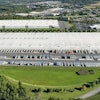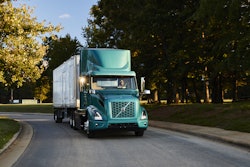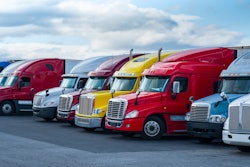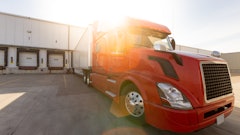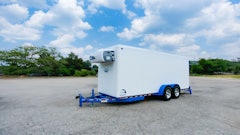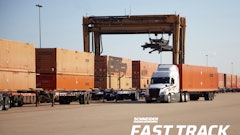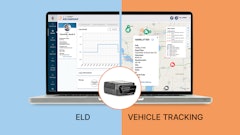
If you're running a fleet of 50 trucks or more, chances are you already have a transportation management system (TMS), or maybe a combination of tools stitched together over time. It might do the job. But in today’s market, “good enough” systems can quietly become a real liability.
Rates are soft. Costs are climbing. And for larger carriers, operational efficiency isn’t a nice-to-have—it’s make or break. One of the biggest threats to that efficiency? Disconnected systems.
It’s not just about technology frustration. It’s about time lost, money wasted and missed opportunities. The tools that once helped keep your operation moving can start slowing you down when they don’t work together.
The real cost of fragmentation
In large operations, every manual step—every piece of re-keyed data or spreadsheet workaround—adds up. That friction shows up all over:
· Double entry: When dispatch, billing, and settlements don’t sync, your back office spends hours retyping and correcting data.
· Visibility gaps: Without real-time data across departments, leadership ends up flying blind.
· Driver experience: Misalignment between dispatch and payroll systems can lead to confusion, delays, and frustration on the road.
· Slow decisions: Disconnected systems slow down reporting—and decisions that rely on it.
The bigger the fleet, the bigger the impact. Inefficiencies don’t just scale—they multiply.
The case for unified visibility
The idea of a “single pane of glass” gets thrown around a lot in tech conversations, but for trucking companies, it’s simple: Can you see what’s happening across your business in one place, in real time?
That kind of unified visibility gives teams faster access to load status, cost per mile, driver performance, customer profitability, and more. And it keeps everyone—from dispatch to finance to the front office—on the same page.
Without it, you’re managing with partial views and delayed data, which opens the door for mistakes, miscommunication, and missed revenue.
Is your current setup still serving you?
Nobody wants to go through a system change unless they have to. But many fleets are working around outdated platforms or a patchwork of bolt-ons that weren’t designed to work together.
It’s worth asking some hard questions:
· Are your departments entering the same data more than once?
· Can you invoice and collect quickly—or are you waiting on paperwork?
· Do you have accurate insight into lane and customer-level profitability?
· Are your drivers seeing the same data your back office sees?
· Can your tech evolve as your fleet grows?
These aren’t just operational questions—they’re strategic ones. Because the systems you run today shape how competitive you’ll be tomorrow.
Integration isn’t a checkbox
It’s easy to say, “We’ve got integrations.” The real question is: How well do they work together?
True integration means data flows seamlessly between departments. It means changes made in dispatch are immediately reflected in billing and reporting. It means your leadership team sees the full picture, without waiting for someone to “run the numbers.”
It’s not about chasing the latest tech trend—it’s about getting the control and clarity needed to run a tighter, more responsive business.
Final thought: Don’t let your systems become the bottleneck
Trucking isn’t getting simpler. Regulatory changes, customer demands, and unpredictable freight cycles are here to stay. If your systems can’t move at the speed of your operation, they’ll hold you back.
Most fleets already have technology in place. But fewer have true integration—and fewer still have full visibility. If your systems aren’t keeping up, now’s the time to ask whether they’re still the right fit for the road ahead.
